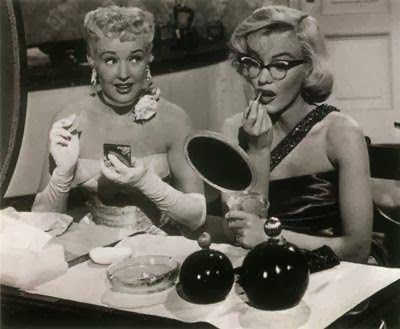ARACHNE FOR SPIDER
Though weaving is life-threatening in Sleeping Beauty, it is also associated with female story-telling and the power of the woman to create!Weaving, combing the hair and sewing are all famous female arts. The yarn, the strands of hair and the thread are all connected. They point toward female beauty, and the woman's talent to create the family and create a story.
There is also a mystery and an almost supernatural aura attached to weaving. Clotho, Lachesis and Atropos, the three Fates, are all females and they are weavers. Clotho spins the thread of life, Lachesis measures it and Atropos cuts it.
The Goddess Athene was a master weaver. She was so angry with Arachne, the young, talented weaver who bragged that she was better than the Goddess, that she transformed the poor girl into a spider. Arachne means spider in Greek.
Weaving (the cause of the quarrel) is a female art, and an extension of female writing. Athene, the master weaver, is also the Goddess of wisdom.
The girl Arachne is now punished, condemned to weave endlessly into forever. I never destroy a spider's web from my window sill or the balcony. It is a work of art and lovely when you see it in sunlight!














+The+Cameo+Brooch.jpg)
